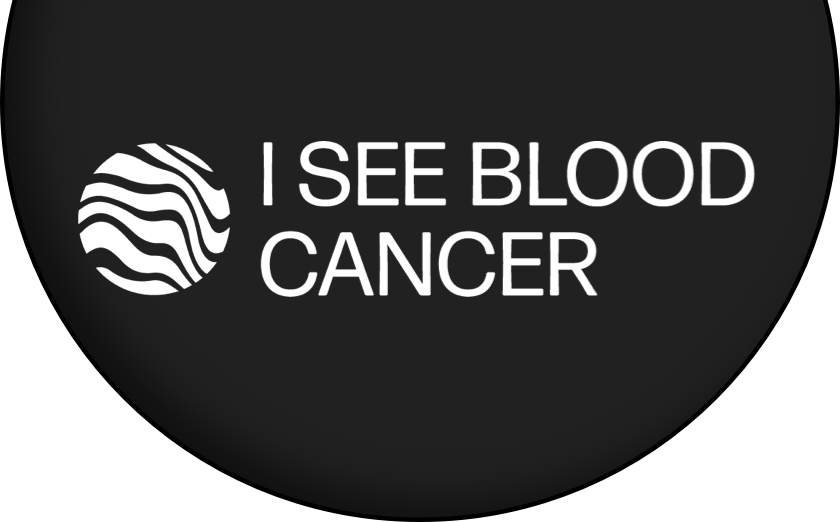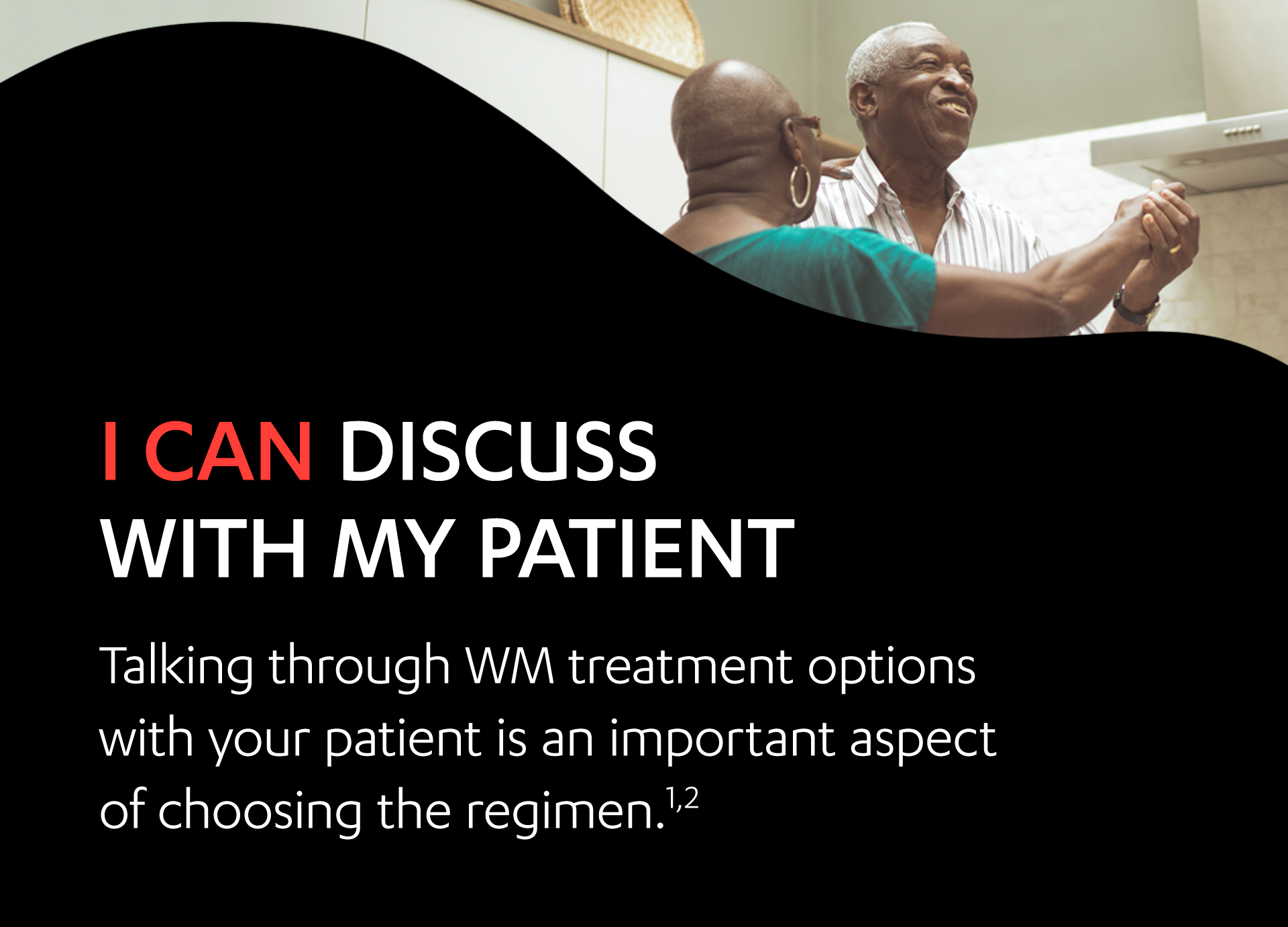
The nature of WM means it is currently incurable but presents as an indolent blood cancer rather than as an aggressive malignancy.2
Many patients may not have even heard of WM, and a diagnosis may come as a shock. Asymptomatic patients may expect treatment to start right away and not understand the need for a watch and wait strategy.2
Explain to them that waiting until they become symptomatic is in line with current treatment guidelines.3 Waiting can help limit exposure to chemotherapy and its potential side effects.4
Symptomatic WM has a range of treatment options, dependent on several factors, including the overall health of the patient.2,3 Patient-related factors should be considered as part of any WM treatment strategy.1
Engaging patients in their medical care is an important consideration in the treatment of WM. In one study, it was shown that involving patients in treatment decisions can improve the overall treatment experience.1
References:
- Bomhof-Rooddnik H, et al. Shared decision making in oncology: A model based on patients’, health care professionals’, and researchers’ views. Psych Oncol 2019;28:139–146.
- Leukemia & Lymphoma Society. Waldenström Macroglobulinemia facts. Available at: https://www.llscanada.org/sites/default/files/file_assets/FS20_Waldenstrom_M%20FINAL%206.15.pdf. Accessed August 24, 2021.
- Referenced with permission from the NCCN Clinical Practice Guidelines in Oncology (NCCN Guidelines®) for Waldenström Macroglobulinemia/Lymphoplasmatic Lymphoma V.2.2022 – December 7, 2021 © National Comprehensive Cancer Network, Inc. 2022. All rights reserved. Accessed August 24, 2021. To view the most recent and complete version of the guideline, go online to NCCN.org. NCCN makes no warranties of any kind whatsoever regarding their content, use or application and disclaims any responsibility for their application or use in any way.
- Kyle RA, et al. Progression in smoldering Waldenström Macroglobulinemia: long-term results. Blood 2012;119:4462–4466.


